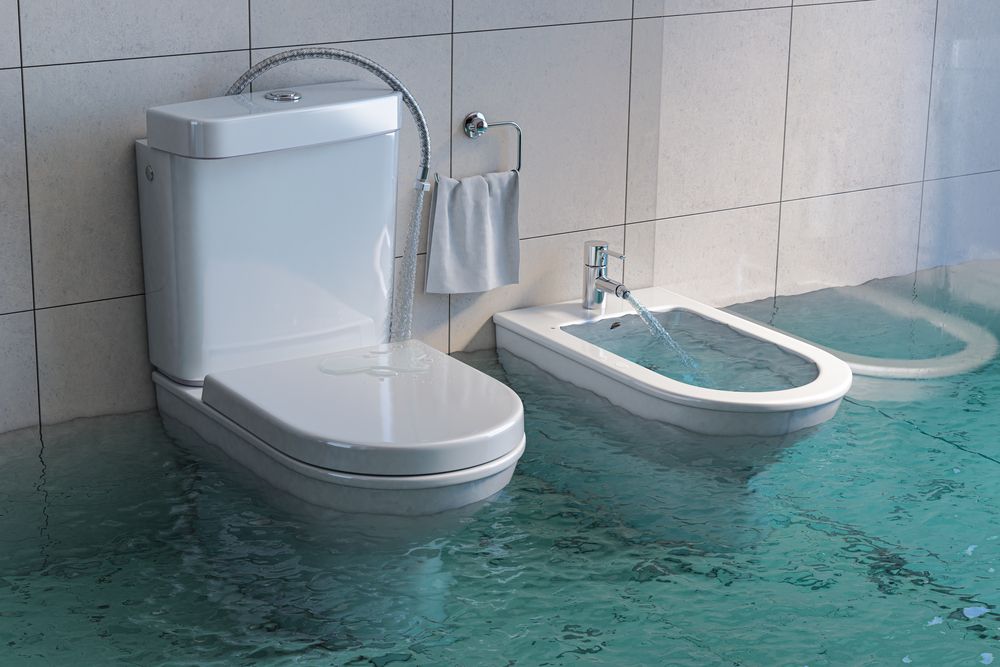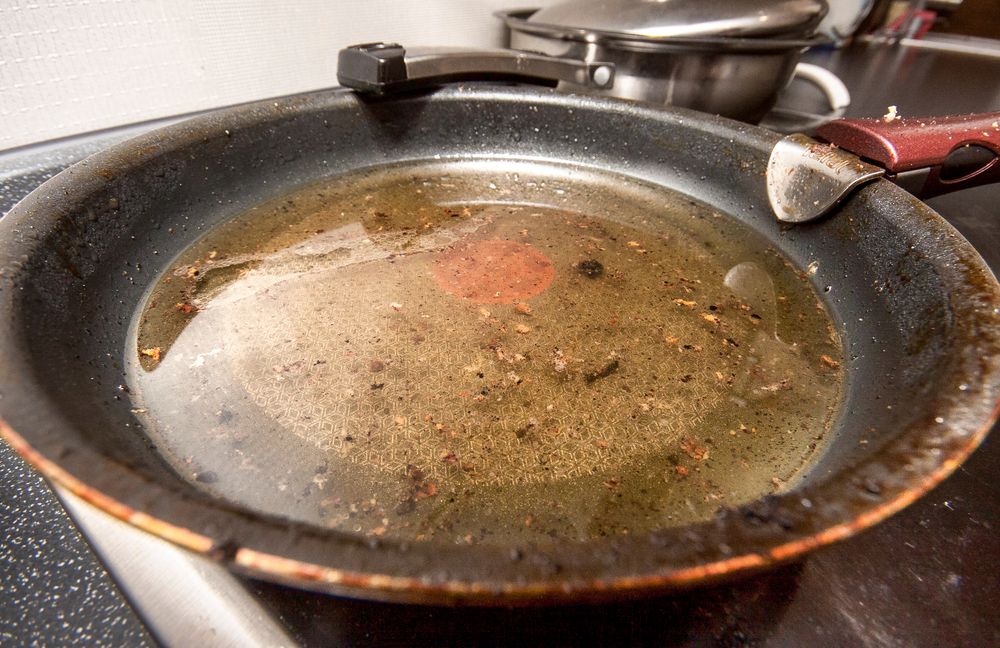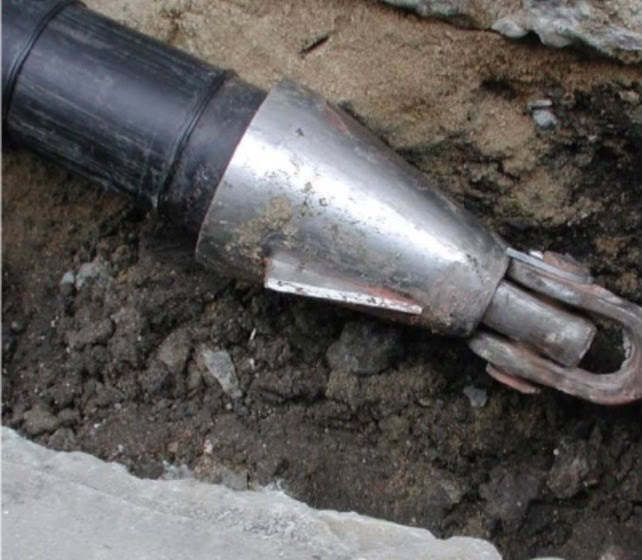If you’re researching “main sewer line repair,” this article is for you! Main sewer line repair might be something new or existing homeowners never thought they would have to deal with. That’s why we compiled everything you need to know in case your main sewer line fails.
What Is Main Sewer Line Repair?
Main sewer line repair is when professionals fix the pipe that carries all the waste you produce in your home. Your main sewer line is incredibly important, and if it begins to fail or shows signs of failure, we recommend looking into repair methods as soon as possible. But don’t worry! There are actually a variety of different ways professionals can fix your main sewer line, such as pipe lining, pipe bursting, and traditional trenching.
Two of the key repair methods we highlight fall under the trenchless category. This means that experts can repair or completely replace your sewer line without the destruction typically associated with traditional repair methods. This makes home repairs easy, simple, and effective.

Signs You Need Main Sewer Line Repair
Below are the most common signs that your main sewer line needs repair.
- Backups throughout your home – Your main sewer line is connected to all of your toilets, showers, and sinks. If they all suddenly start to back up, it’s most likely something to do with your main sewer line.
- Sewer odors – If your main sewer line breaks, hazardous waste could leak and fill your home with gross sewer odors. You might smell the leak inside your home, or if the line breaks under your grass, it could leak out of your soil.
- Slow drains – If all of your toilets, showers, and sinks seem to be draining slower than usual, there’s a chance your main sewer line needs urgent care.
- Foundation issues – If your foundation was built over expansive soil (soil that expands and shrinks based on moisture content) and a sewer line leaks, it could cause dirt to swell. If your soil swells or shifts, it might affect the stability of your foundation, leading to issues.
- Wall damage – If a sewer pipe breaks inside one of your walls or under your flooring, it can cause mold to grow and ruin your drywall, wood, or paint.
- Pests – Small pests like mice can fit through very small spaces, including cracks in sewer pipes. Once inside your sewer system, they can travel through your pipes and into your home.
- Strange yard growth – If your main sewer line breaks under your soil, waste can leak into your grass and act as a fertilizer, causing your grass to grow taller than usual.
- Potholes in your yard – If your main sewer line breaks under your yard, it can cause the soil to sink into the pipe, leading to dips or potholes on your property. You might notice these potholes in a straight or uniform line.

Reasons Your Main Sewer Line Fails
Because sewer lines are underground, it may be challenging to find out what’s causing them to fail. Here are the most common reasons.
- Tree roots – Tree roots are a menace to your main sewer line. They can detect leaking wastewater coming from a crack in a pipe, forcing its way into the line and clogging it up.
- Material breakdown – Your main sewer line can be made from various materials, such as cast iron, terracotta, and PVC. Cast iron is prone to rust and corrosion, which can cause your pipe to fail. Terracotta (clay) is weak and is prone to tree root invasion.
- Soil shifts – If your soil shifts due to an earthquake, flood, or anything else that affects the ground, your main sewer line could crack, leak, or collapse.
- Clogs from F.O.G – F.O.G. stands for fats, oils, and grease. If you dump these liquids down your sink or toilet in an attempt to get rid of them, they can cause loads of problems in your main sewer line. If these liquids harden in your pipes, they can cause build-ups and block your waste from flowing smoothly. Place grease in a container and put it in the freezer until it solidifies. Once hardened, you can throw it out in the trash.
- Flushable wipes – Anything that says “flushable” is not telling the whole truth. These wipes can flush down your toilet, but they cannot move down your main sewer line. Regular toilet paper is made to disintegrate. That’s why they don’t clog your pipes. Most wipes brands are made to absorb water and will stay intact in your pipe, clogging them.

Main Sewer Line Repair Options
Here are the three most common main sewer line repair options.
Pipe Lining (Trenchless Sewer Repair)
Pipe lining is one of the most popular trenchless sewer repair methods. It can easily replace your entire main sewer line or repair just a section. Before the process begins, your pipes are inspected using a CCTV sewer camera inspection to make sure they are eligible for pipe lining. In some cases, not all sewer lines are candidates for trenchless repair methods.
The process begins when an epoxy-impregnated liner is inserted into your old pipe. The liner, saturated with epoxy, is inflated until it presses up against your sewer line. Once the epoxy cures, the liner is deflated, leaving behind a new coating. This creates a stronger, newer pipe inside your old one.
Pipe Bursting (Trenchless Sewer Repair)
Pipe bursting is another form of trenchless sewer repair. This process involves pushing a new HDPE (high-density polyethylene) pipe into your old one using a cone-shaped bursting head. The bursting head breaks apart your old pipe, pushing the new one through and immediately replacing it. This method can be used to replace your entire main sewer line, or it can be used to upgrade your pipes to a larger size.
Traditional Trenching
Unfortunately, not all main sewer lines are eligible for trenchless methods. Here are a few common reasons why.
- They have completely collapsed – Main sewer lines that have completely caved in are unable to be repaired using trenchless methods. Pipe lining needs an existing stable structure to feed the liner through, and pipe bursting is unable to push through dirt.
- They have completely disintegrated – If your main sewer pipes are crumbling, they won’t be able to be fixed using trenchless repair methods.
- They are back-pitched – Back-pitched pipes are sewer lines that have been installed using the wrong slope. Main sewer lines should be sloping toward your city connection. This way, waste can use gravity to travel down your pipes. Trenchless sewer repair methods cannot fix back-pitched pipes.

If experts are unable to use trenchless methods on your main sewer line, it will have to be repaired or replaced using traditional trenching techniques. That involves digging through your home, breaking apart concrete, and trenching through your yard. It’s invasive, but it’s the only way to complete the job.
Who Offers Main Sewer Line Repair Near You?
If you live in the Greater Los Angeles area and need main sewer line repair, you should call SWE Sewer Solutions. We’ve been repairing main sewer lines for nearly 30 years using the most advanced methods available. Call us today for your inspection and free estimate. We also offer sewer cleaning, sewer line installation, sewer inspections, and more.